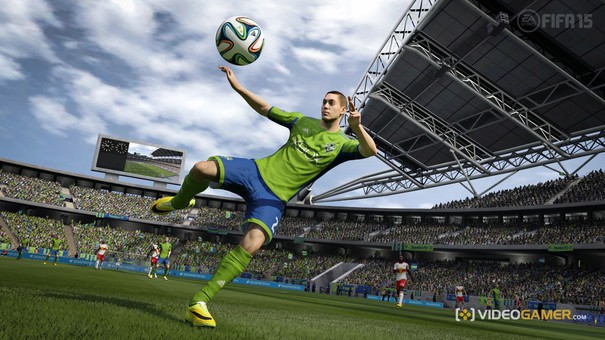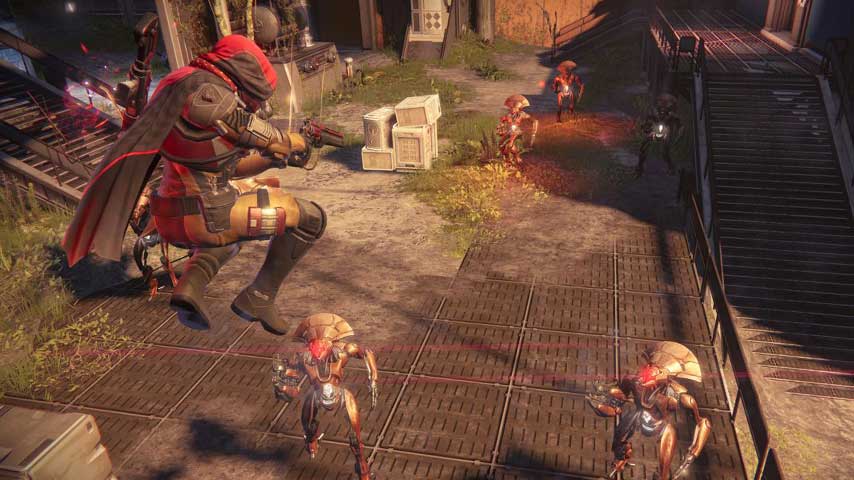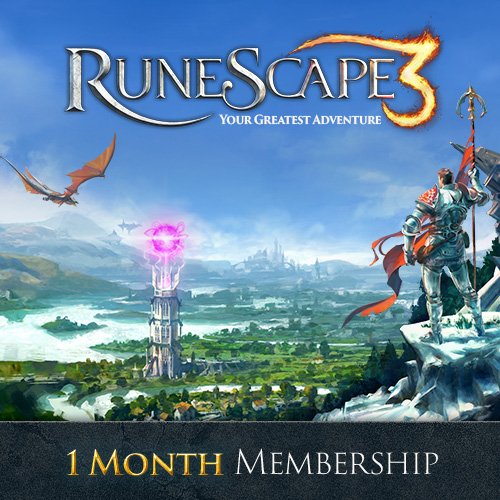

By Jeann Wong
Have you noticed how PC games have disappeared off store shelves? Specialty gaming stores have a tiny PC section when compared to extensive handheld and console aisles. The limited selection of PC games is also disappointing, with only budget titles and dated releases available. And if you happen to own a Mac, don’t expect to find any titles at all.
The reason for the dwindling sales of boxed PC games is due to digital distribution – gaming services such as Steam, Games for Windows Live (GFWL) and Stardock now dominate the market with their huge selection of downloadable PC titles available at incredibly low prices.
These gaming platforms, namely Steam, contain a host of features that streamline and enrich your gaming experience. The program tracks your gaming stats, lists your achievements, organises your gaming library, and includes an extensive store where you can spend hours browsing through a huge assortment of games. The friends list is probably the handiest feature, where you can add and chat with friends on your list and organise games with them. And because your Steam account is linked to the internet, your games will always stay updated with every new patch.

Steam was first launched in 2004 when most of us were still buying our games off the shelves, oblivious to the uprising revolution. Nowadays, the platform holds 70% of the digital distribution market with over 25 million users registered to the service. With its hallmark Christmas event where almost every title goes on sale, the immense growth is not a surprise.
The move towards digital distribution is also an upside for indie game developers, as their games are widely promoted to a huge audience and are made available at very low prices (some indie games went on sale for two dollars US during the Christmas sale).
While we move into this era of digital distribution, the days of purchasing our games at the store become a little nostalgic. There was the joy of unboxing a new PC game especially when you get to consult the full colour manual inside. There was lining up your game collection on your shelf to be admired by all. Unfortunately, these joys are trivial when you have to pay a huge mark up on physical games in comparison to the digital version (for example, Kayne & Lynch 2: Dog Days is $94-$108 at Australian gaming retailers compared to $55 on Steam).

Digital distribution of games has plenty of benefits, but it does come with its own downsides. You need to download purchased games which can take up several gigs, so you better have a good internet connection. The games are also linked to your Steam account which means you can’t transfer it across computers (and friends) unless you have the game downloaded onto that computer as well. Steam solves this issue by giving you an easy option to backup the file by compressing it to fit onto a CD, DVD or portable hard drive.
Another downside is the possibility that your account might get hacked, but this is solved by emailing Steam’s customer support. You don’t always have to be connected to the internet to play games on Steam – as long as you have loaded the game while online, you can play the games in Offline mode. It’s also worth nothing that not all publishers choose to sell their games through Steam, but if you are a gamer of any genre, you’ll definitely find something that suits you.
It’s obvious that if you want functionality and best of all, cheaper prices, digital distribution is the way to go. However, don’t throw out your game boxes yet – there’s still a place for them for collectors who prefer physical copies.




 Destiny guide: Venus Ishtar Sink story mission walkthrough and guide
Destiny guide: Venus Ishtar Sink story mission walkthrough and guide How to Reduce the Cost of Training Herblore in RuneScape Using Tasks, Distractions & Diversions and Cheap Potions
How to Reduce the Cost of Training Herblore in RuneScape Using Tasks, Distractions & Diversions and Cheap Potions Walkthrough The Witcher 3: Wild Hunt ALL QUESTS OF SKELLIGE
Walkthrough The Witcher 3: Wild Hunt ALL QUESTS OF SKELLIGE VideoGamer Plays, 30th August 2015
VideoGamer Plays, 30th August 2015 Elder Scrolls V: Skyrim Stone Location Guide
Elder Scrolls V: Skyrim Stone Location Guide